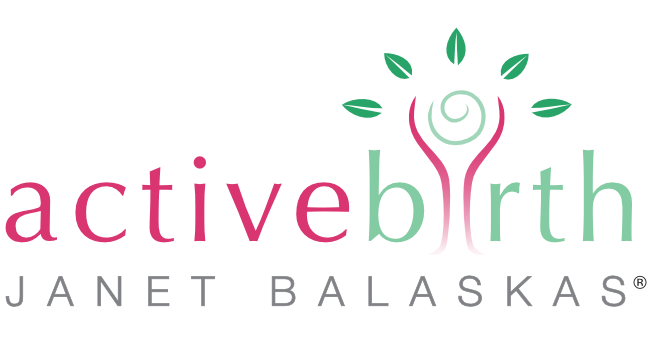Can you explain how to encourage high levels of hormones during labour. How would this enhance good progress and provide natural pain relief?
This fascinating topic is included in all my workshops and courses. The main birth hormones – oxytocin and endorphins – are produced in the hypothalamus, which is a gland located deep in the mother’s mid brain. It connects to the pituitary gland which stores and distributes the hormones into the mother’s blood stream in pulses during labour – each pulse resulting in a contraction. The hypothalamus is sometimes called the ‘ancient brain’. The neo cortex or frontal part of the brain often called the ‘the thinking brain’ becomes dormant during labour and the hormone-producing hypothalamus becomes very active.
This mixture of oxytocin and endorphins has been called a unique cocktail of love hormones. It stimulates the muscular contractions of the uterus and, at the same time, acts to relieve or transform pain. Endorphin is a natural opiate (‘endo’ or ‘inner’ morphine). So, you have natural pain relief, produced by your body that increases as the contractions get stronger. High levels of ‘love hormones’, have the chemistry to transform pain into pleasure, even ecstasy. As hormone levels naturally rise throughout labour, the mother is drawn into a deeply relaxed state, focused inwardly on her body and away from external distractions. Many women describe this unique state as being ‘in the zone.’ It’s not at all frightening. You can let go to it and enjoy ride – but equally you can come out of it at any time. You are always in control.
Like all opiates, these natural hormones create a powerful co-dependency, in this case exactly what is needed between mother and baby. These primal bonds of love last a lifetime and foster a fierce protective instinct in the mother to nurture and look after her young.
High hormone levels and their impact are the true legacy of an Active Birth. When we create the right ambiance in the birthing room with low lighting, a feeling of safety and seclusion, no disturbance and complete privacy, this is conducive to effective hormone secretion.
Such an environment enables the mother in labour to fall into sync with the changes in her brain and her hormonal physiology and to let go of her rational mind, so that instinctual behaviour can take over. As she approaches the time of birth, the mother may reach a deep trance-like state of transcendence in which time and pain are meaningless. It is my aim in every aspect of my programme of preparation for birth, to help you to relax into this natural state.
Conversely in a conventional delivery room designed for a medicalised birth, fear can be easily induced. This produces adrenaline, the ‘fight or flight’ hormone that inhibits the release of the birth hormones during labour. This may make labour more painful and less effective.
Paradoxically, while adrenaline has a negative effect during labour, it has a positive role to play at the peak of labour, when the cervix is fully open (or fully dilated), just before the birth. At this time, there is a short-lived but intense rush of adrenaline. This stimulates the onset of the birth reflex and ‘wakes up’ both mother and baby, ensuring they are alert when they meet each other for the first time after the birth. The innate hormonal physiology of the birth process simply described here, is complex and nothing short of miraculous.
Birth hormones have been called ‘shy hormones’ identical to the hormones we produce during lovemaking and all other phases of our reproductive and sexual life. An ambience resembling one we might create for making love, where intimacy and privacy are priorities, are most conducive to the optimal flow of hormones in labour and an undisturbed natural birth.
Many women prefer to give birth in the familiarity of their own home, which can be the ideal environment for some. For others an alternative can be a midwife-led birthing centre designed to be more ‘homelike’ and private than a conventional hospital room. However, it is possible to create a quiet and sensitive space in any environment and to transform a conventional birthing room into a calm, private and more intimate space.
Note and further reading suggestions:
The hormonal physiology underlying birth and breastfeeding is fundamental to the understanding of Active Birth. I’m thankful to Dr Michel Odent and Dr Sarah Buckley who taught me and many others about its significance. They in turn were inspired by the research into the hormone oxytocin by the Swedish doctor and researcher Kirsten Uvnas Moberg. Amazon books carries many of their inspiring titles.
Janet explains the hormonal physiology and how you can create a hormone enhancing environment in her Hypnobirthing Courses and Active Birth Workshops
Disclaimer
Active Birth is designed for mothers who wish to give birth naturally and have had a healthy pregnancy and no medical complications during labour and birth. Aspects of an Active Birth can also sometimes be used in combination with medical interventions. The website and newsletters offer general information only. They are not a substitute for the professional advice, diagnosis or treatment offered by your midwives or doctors. The Active Birth Centre/ Janet Balaskas in general, accept no liability for the guidance herein, and advise that you do not disregard professional medical advice and inform yourself with other trusted evidence-based sources of information when making your decisions.

